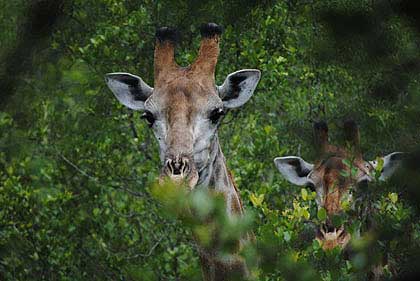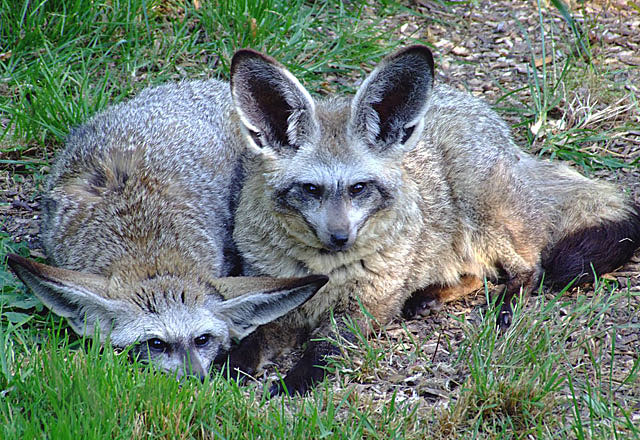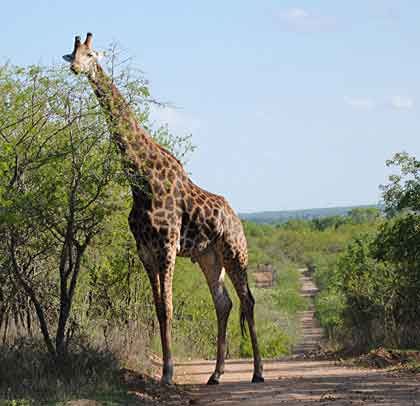Dung Beetles Life and Value
Our Friendly Little Bug, the Dung Beetle
Noses? I hope for their sakes the olfactory senses are absent. OK, so you think I’m crazy writing about a dung beetle, a humble scarab. You’re going to be surprised to discover what these little dung-bugs represent to our everyday lives. “I live in the middle of a city,” you say? Yes, even in the city as well. Heard of flies? Now that’s a dumb question, right? Well, if flies are an enemy then these little dung beetle critters, will be your best friend, since they get rid of flies. Naturely, and better that almost anything. Ask the Australians who imported them to their country from South Africa to do just that. And they got rid of flies very successfully too, in all the areas where they were introduced that is. Now Australia smells a lot better. (in some areas0
Dung beetles rid us of flies by burying the dung ball they make, which kills the fly eggs in the dung. That’s only a few flies you say. Try one metric ton of dung per hectare, per year. Now that’s a lot of flies and internal parasites wiped out each year. It helps to know dung beetles live up to two years and more, for our benefit.
Are there many, you ask? Well, in one elephant dung pile you can find 16,000 dung beetles, unless you drive over them. Southern Africa houses 780 species of the over 7,000 types of dung beetles there are worldwide. At the same time they are an ecological miracle, conditioning soil and spreading grass seed over the terrains they habitat.
Do dung beetles have a sense of smell or not? There is a form of olfactory discrimination or identification but science has not fully or conclusively idendtified in what maner these senses work. But suffice to say, although science has identified there are 64 chemical compounds emited from dung, they can identify what they are looking for, from some distance away. As for direction; they definitely have a sense of direction and a very good one at that. Don’t be surprised when it looks like one doesn’t know where it’s going, because it does. Dung beetles can also find a dung pile in a matter of minutes and consume it in less than a day. To aid them with transport to the pile, they fly. The exception being the endangered flightless dung beetle – at the bottom last pic. It has to run for it’s life or dung pile as one could put it.
There Are Four Types Of Dung Beetle.
Ball rolling dung beetles are called telecoprids (ball rollers). Two rolling a ball means that ball is going to be a food ball, or a nuptial ball, where they mate and eat the ball together. Then you get the brood ball, upon which the female lays a single egg. This ball is then buried and left for the young to pupate, eat out the contents and make a hole in the ball when ready to hatch. Now you can understand how so many balls can be made in one season.
There are three other types of dung beetle. They are the endocoprids or ‘dwellers’ who live in the dung, mating, eating and hatching in-situ. Also the paracoprids or ‘tunnelers’ bury the dung beneath the pile for the young to feed on and hatch underground, under the pile. The following group are the cleptocoprids who, in good old parasite fashion, steal the telecoprids (ball rollers) balls and use those to breed their own young in.
You might like to know there is a preferred dung of choice! Fully 72% of dung beetles prefer herbivore dung.
The down side is, their predators are many? Apart from the obvious, like vehicles, poison and weather, they also face natural predators like mongoose, civets, honey badgers, baboons and birds, like owls, hornbills and other predator birds.
Video run time: 2:35 min
So there you have it, from a not so boring creature after all.















